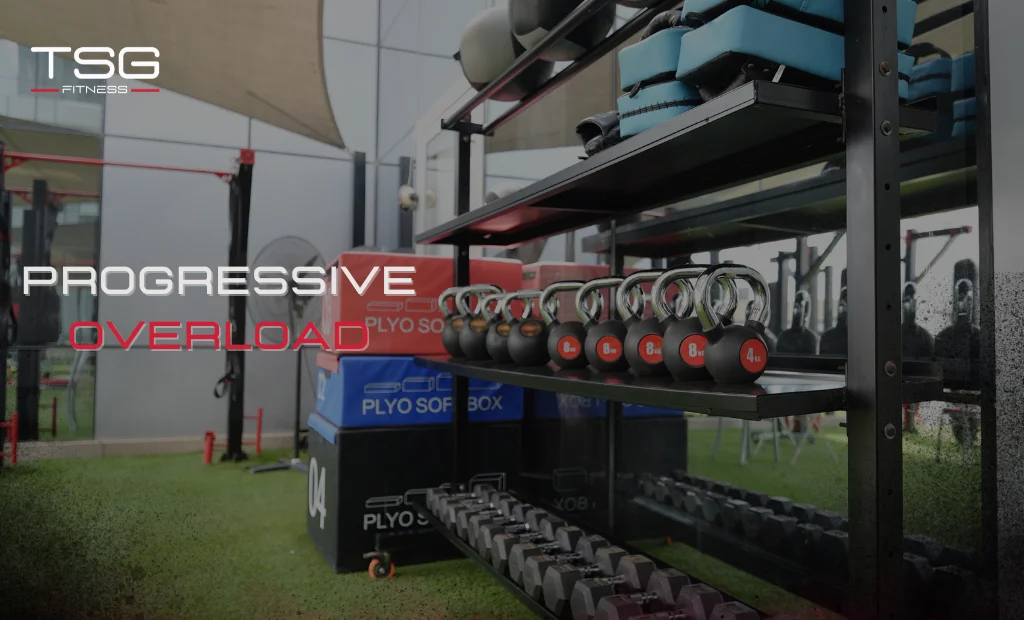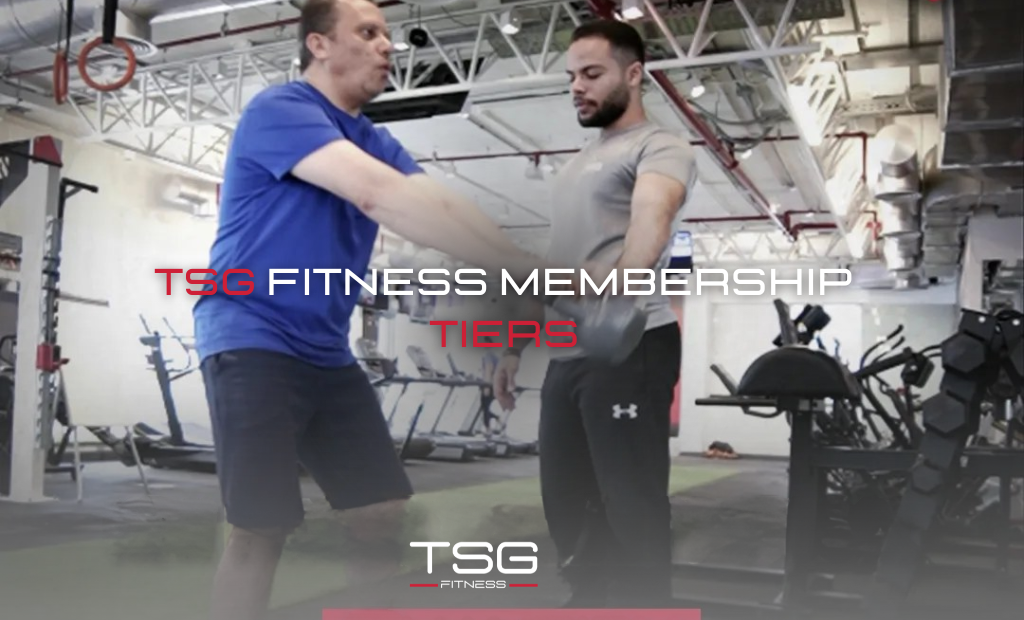
Progressive Overload Training Egypt | Build Strength with TSG Fitness
If you’ve ever wondered why your workouts have stopped delivering results or why your progress has hit a wall, it’s time to learn about progressive overload. This powerful, science-backed training principle is the cornerstone of getting stronger, building muscle, and improving performance. At TSG Fitness in Egypt, we specialize in helping clients apply progressive overload effectively, ensuring consistent, measurable gains while minimizing injury risk.
This guide unpacks what progressive overload is, why it’s essential, how to apply it smartly, and how TSG Fitness uses it to help clients unlock their best selves.
What Is Progressive Overload?
Progressive overload refers to gradually increasing the stress placed on your muscles over time to stimulate growth, strength, and endurance. Simply put, if you want your body to keep adapting, you have to challenge it beyond what it’s used to.
There are several ways to apply progressive overload:
- Increase weight: Lift heavier loads.
- Increase reps or sets: Do more work at the same weight.
- Improve tempo: Slow down movements to increase time under tension.
- Shorten rest: Reduce recovery time between sets.
- Enhance range of motion: Perform exercises through a fuller movement path.
At TSG Fitness, our coaches tailor progressive overload strategies to each client’s goals, fitness level, and recovery capacity, ensuring you’re always pushing forward without overdoing it.
Why Progressive Overload Is Essential for Strength and Muscle Gains
You can’t lift the same weight, do the same number of reps, or stick to the same workouts forever and expect continuous progress. Here’s why progressive overload is critical:
Stimulates Muscle Growth
By gradually increasing resistance or workload, you create the micro-tears in muscle fibers that, when repaired, result in bigger, stronger muscles.
Builds Strength
Progressive overload forces your neuromuscular system to adapt, improving coordination, force production, and muscle recruitment.
Enhances Endurance
Increasing volume or reducing rest improves muscular and cardiovascular endurance, making you fitter and more resilient.
Prevents Plateaus
Without progressive overload, your body adapts to the workload, and progress stalls. Constant, measured increases keep you moving forward.
How to Apply Progressive Overload in Your Training
Add Weight
The most straightforward method. Gradually increase the weight you lift by 2–5% each week, depending on the exercise.
Increase Reps or Sets
If adding weight isn’t practical, add an extra rep or set to boost total volume.
Manipulate Tempo
Slowing the eccentric (lowering) phase of a lift increases time under tension, creating a more intense stimulus without changing the weight.
Reduce Rest Time
By shortening recovery periods, you increase intensity and force muscles to work harder under fatigue.
Improve Exercise Complexity
Progress from basic to advanced movements, such as moving from bodyweight squats to weighted squats or split squats.
At TSG Fitness, our expert coaches use a combination of these strategies, carefully tracking progress to avoid burnout or overtraining.
The Role of Recovery in Progressive Overload
Here’s the kicker: more isn’t always better. Progressive overload only works when paired with proper recovery. Without enough rest, nutrition, and sleep, your body won’t repair or grow stronger.
TSG Fitness emphasizes a holistic approach:
- Deload weeks: Periodic reductions in training intensity to allow recovery.
- Nutrition coaching: Ensuring you’re fueling your body properly for repair and performance.
- Physiotherapy services: Addressing tightness, imbalances, or early injury signs before they derail progress.
Common Mistakes to Avoid in Progressive Overload
Pushing Too Hard, Too Fast
Increasing weight or volume too aggressively can lead to overtraining or injury. Stick to small, consistent progressions.
Ignoring Form
Prioritizing load over technique leads to poor movement patterns and greater injury risk. Always master form before chasing numbers.
Neglecting Recovery
Without proper sleep, nutrition, and rest, your body can’t adapt, no matter how hard you train.
Failing to Track Progress
Without logging your workouts, you can’t apply overload effectively. At TSG, we provide tracking tools and coaching support to keep you accountable.
FAQs About Progressive Overload
- How quickly should I increase my weights?
A safe rule is 2–5% per week, depending on the exercise and your experience level. - Can beginners use progressive overload?
Yes! Beginners often progress faster, but it’s vital to focus on mastering form before increasing intensity. - Do I need to lift heavy weights to apply progressive overload?
Not necessarily. You can increase reps, slow tempo, or shorten rest intervals to increase difficulty. - How do I avoid injury when applying progressive overload?
Work with expert coaches (like those at TSG Fitness), prioritize technique, and listen to your body. - How often should I change my workout plan?
Most programs benefit from adjustments every 4–8 weeks, depending on progress and goals.
Final Takeaway
Progressive overload is the secret sauce behind every successful fitness transformation. It’s not just about lifting heavier — it’s about training smarter, applying structured challenges, and allowing your body to adapt and grow stronger over time. At TSG Fitness Egypt, we help you harness the power of progressive overload through expert programming, hands-on coaching, and holistic support.
Ready to take your strength to the next level? Chat with TSG Fitness on WhatsApp now, and let’s build a progressive overload plan tailored just for you



